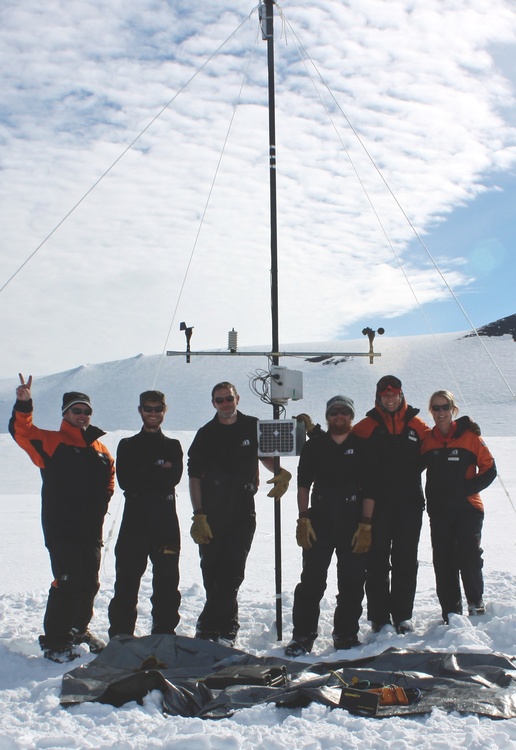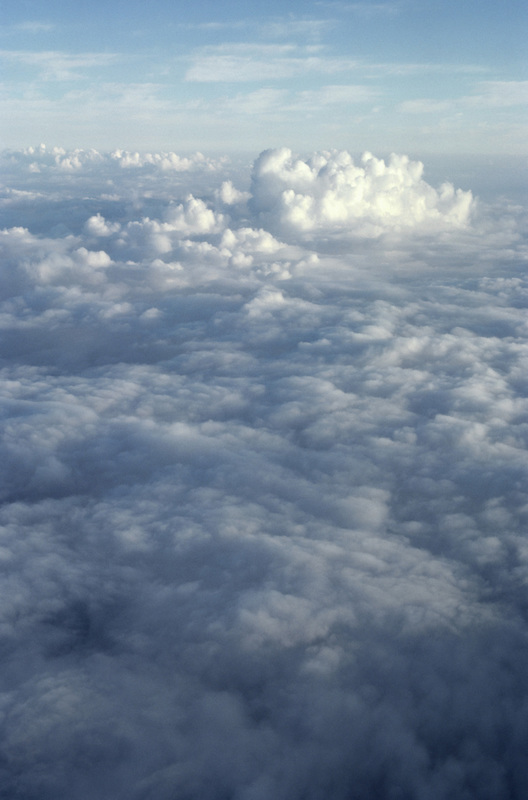Weather has been important for human survival throughout history, affecting a wide range of human activities such as travel, navigation, events and celebrations, planting, harvesting, hunting and fishing.
It comes as no surprise to know that people have been monitoring, measuring and predicting the weather for thousands of years.
Weather or climate?
Weather is the day-to-day state of the atmosphere and varies from minutes to weeks. Climate is the synthesis of weather, recorded and analysed over longer periods, even up to centuries.
Meteorology in New Zealand
The study of weather is called meteorology from the Greek word ‘meteor’, which means skies.
In New Zealand, most of the information about our weather and climate is collected, analysed and made available to the public through NIWA and MetService. This information includes relevant science and research, collection and analysis of data, monitoring and forecasting. MetService is responsible for meteorology and weather forecasting - providing information for a variety of specific settings such as marine and mountains forecasts and tsunami warnings. MetService also provides weather and climate data for global weather networks, but the National Climate Centre at NIWA is responsible for tracking global influences and climate research.
Much of New Zealand’s weather data is collated and analysed at Greta Point in Wellington, where NIWA has one of the most powerful supercomputers in the southern hemisphere. This computer – called FitzRoy – helps scientists work on large problems such as climate change, drought patterns and ocean mapping that involve analysing huge amounts of data and creating predictive models.
Weather stations
MetService operates a weather data collection network over and around New Zealand. This includes data collected from 40 automatic land-based weather stations at sites all over New Zealand.
Most land-based weather stations have devices installed to collect information on temperature (thermometer), wind speed and direction (anemometer), rainfall (rain gauge), humidity (hygrometer) and air pressure (barometer). See the related activities below where you can make your own simple versions of these devices.
Weather data is also collected by other ground-based equipment, weather balloons, aircraft, satellites, weather radar, ships and a network of drifting buoys in the Tasman Sea.
Mātauranga Māori – traditional weather forecasting in Aotearoa
Climate has always been important to Māori. It influences which plants, trees and birds are found in various parts of the country, and it affects winds, waves and ocean currents. This knowledge has not only been vital to survival – by helping whānau to prepare and plan for weather hazards and climate variability – but also influences decisions about when to plant, harvest or fish.
Darren King, NIWA environmental scientist
Māori traditionally use events and signs in the natural world for forecasting weather and climate. Many of the indicators are similar from iwi to iwi, region to region, but are refined for local weather predicting based on the patterns and sequences of local indicators.
As with Western systems of weather forecasting, often more than one indicator is used, allowing forecasting on a daily, monthly or seasonal basis, supporting activities such as gardening and navigation.
Using Māori knowledge to forecast local weather and climate reflects the Māori worldview that all things are connected by whakapapa (genealogy) and that subtle natural linkages in the environment can reveal much about atmospheric conditions.
Darren King, NIWA environmental scientist
Mr King and NIWA have helped to make Māori weather and climate science accessible to the public through a series of posters published in English and te reo Māori that outline many of the indicators traditionally used to forecast the weather.
Nature of science
The changing nature of scientific ideas is integral to the nature of science. Developments in any field of science depend on scientists sharing and discussing their ideas. Measuring the weather – a timeline outlines some of the changes that happened as meteorology evolved and new technologies were developed to help explore the natural world.
The timeline below lets you see the historical developments in technology related to weather monitoring, measuring and forecasting. It also shows how scientific thinking changed over the centuries as modern science developed, and how society has influenced scientific thinking. A full transcript is underneath.
Related content
There are several articles, PLD sessions and videos related to weather, including Extreme weather, Water and weather, Observing clouds and weather, Cyclones, typhoons and hurricanes, Planet Earth and Beyond – Weather and Weather.
The Weather – literacy learning links teacher resource lists selected articles from the Connected and School Journal reading series that support science concepts when teaching about the weather.
The Connected article Sun, wind or rain? covers weather prediction and You can count on it uses a parent’s job as a meteorologist as a context for using data.
Activity ideas
Activities on the SLH that explore aspects of weather include Making a weather vane and compass, Clouds and the weather, Making an anemometer, Making a rain gauge, Making a barometer and Making a thermometer.
Useful links
In Aotearoa New Zealand, most of the information about our weather and climate is made available to the public through NIWA and MetService. NIWA also produces resource materials and activities for schools to support students’ understanding of climate and weather.
This 2021 Stuff news article helps explain why weather forecasts sometimes tell different stories, with a focus on Aotearoa New Zealand.
Check out this 2018 Stuff news story: Hundred-year-old water meter causes mercury spill in Gisborne Museum.
Listen to this 2023 RadioNZ Our Changing World episode Forecasting in changing times to learn more about how forecasters use physical models, historical data and machine learning to try to look at what might be coming our way, and the things we should all prepare for in an El Niño year in Aotearoa New Zealand.



